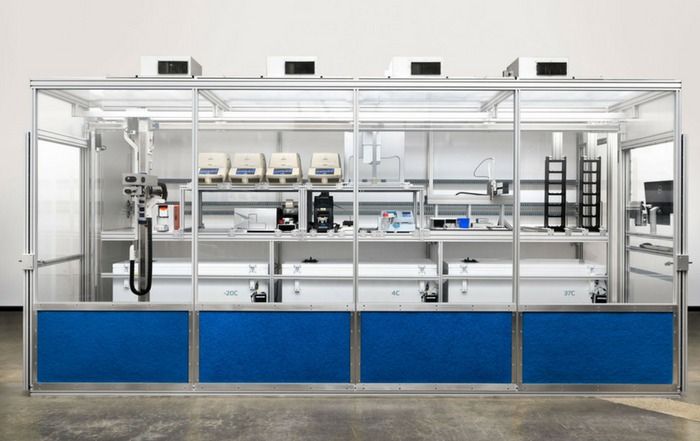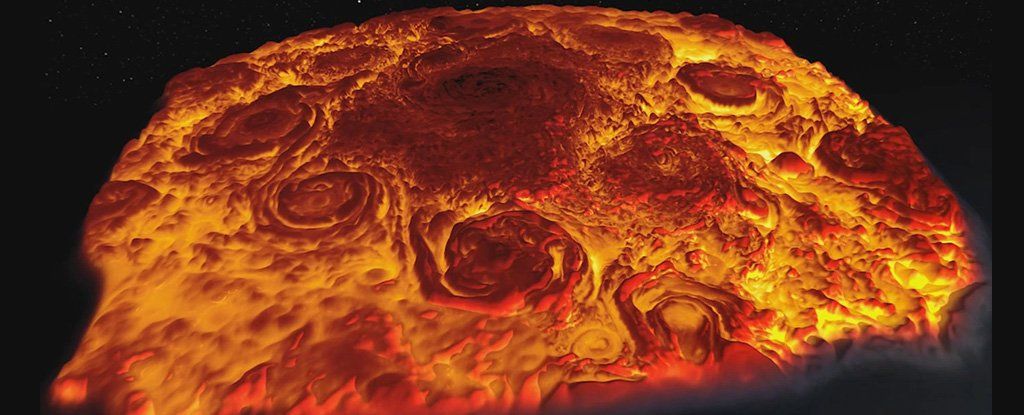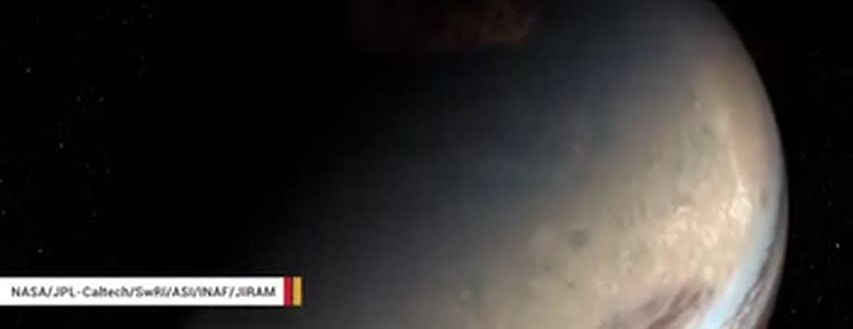A new drug that blocks a molecule that cancer cells rely on for transcribing genetic information shows promise in tackling treatment-resistant tumors.



Very interesting.
Vostok (Russian for ‘East’) was a Soviet human spaceflight project that developed the Vostok spacecraft which was used to place the first human in space.
The first manned US spacecraft was Mercury, which was first launched in suborbital flights on Redstone rockets and then in orbital missions on Atlas launchers.
The one-seat Vostok craft were replaced by Voskhod (in the Soviet Union), and two-seat Gemini replaced Mercury in the US.

ALBUQUERQUE, NM – Applied Research Associates, Inc. (ARA) is developing a compact, completely self-contained directed-energy weapon that is the first of its size and specifications, making it a standout from existing systems.
The Silent Saber is high power, 1.5 kilowatt fiber laser packaged in a backpack with power supplies and a unique thermal control system. A telescope with multiple potential mounting configurations can be mounted to existing Picatinny rails of a soldier’s rifle, and a laser is connected to the telescope by a fiber cable.
“This tool provides options to the warfighter to support explosive ordnance disposal, counter infrastructure and counter drone missions,” said Principal Engineer Joseph Paranto, ARA’s Director of Directed Energy Systems.


Volcanologists use samples from Eyjafjallajökull in Iceland to recreate famous hexagonal columns in laboratory.
Hannah Devlin Science correspondent.

Will lead to very interesting weather.
The sun just developed three new holes – with a spectrum of effects expected.

Contrary to certain sensationalist articles declaring that video games are harmful, there is, in fact, growing evidence that playing video games may have a positive effect on cognitive health, particularly in older people [1].
Today, we will be taking a look at the scientific evidence to see if brain training or hitting your favorite video game titles could help keep you healthy as you age.

The industry partners will use the money to train artificially intelligent laboratory robots.
Many people assume that when robots enter the economy, they’ll snatch low-skilled jobs. But don’t let a PhD fool you — AI-powered robots will soon impact a laboratory near you.
The days of pipetting liquids around were already numbered. Companies like Transcriptic, based in Menlo Park, California, now offer automated molecular biology lab work, from routine PCR to more complicated preclinical assays. Customers can buy time on their ‘robotic cloud lab’ using any laptop and access the results in a web app.

Incredible!
NASA’s Juno probe continues to whip around Jupiter and beam back incredible new colour photos of the giant planet.
But images that capture the planet’s stormy poles in infrared light, which is invisible to human eyes, are helping to crack the mysteries of Jupiter’s inner workings.
NASA released a new 3D animation on Wednesday that was made using infrared photos of Jupiter’s poles. Juno is documenting those mysterious regions of the enormous planet for the first time in history.

JUST IN:
NASA released an infrared tour of Jupiter’s North Pole on Wednesday, April 11.
The 3D movie depicts the densely packed cyclones and anti-cyclones on the planet, according to NASA.
Data collected by Juno mission scientists using the Jovian InfraRed Auroral Mapper (JIRAM) instrument, helped generate the animation. JIRAM records the light from deep inside Jupiter, whether it is night or day.